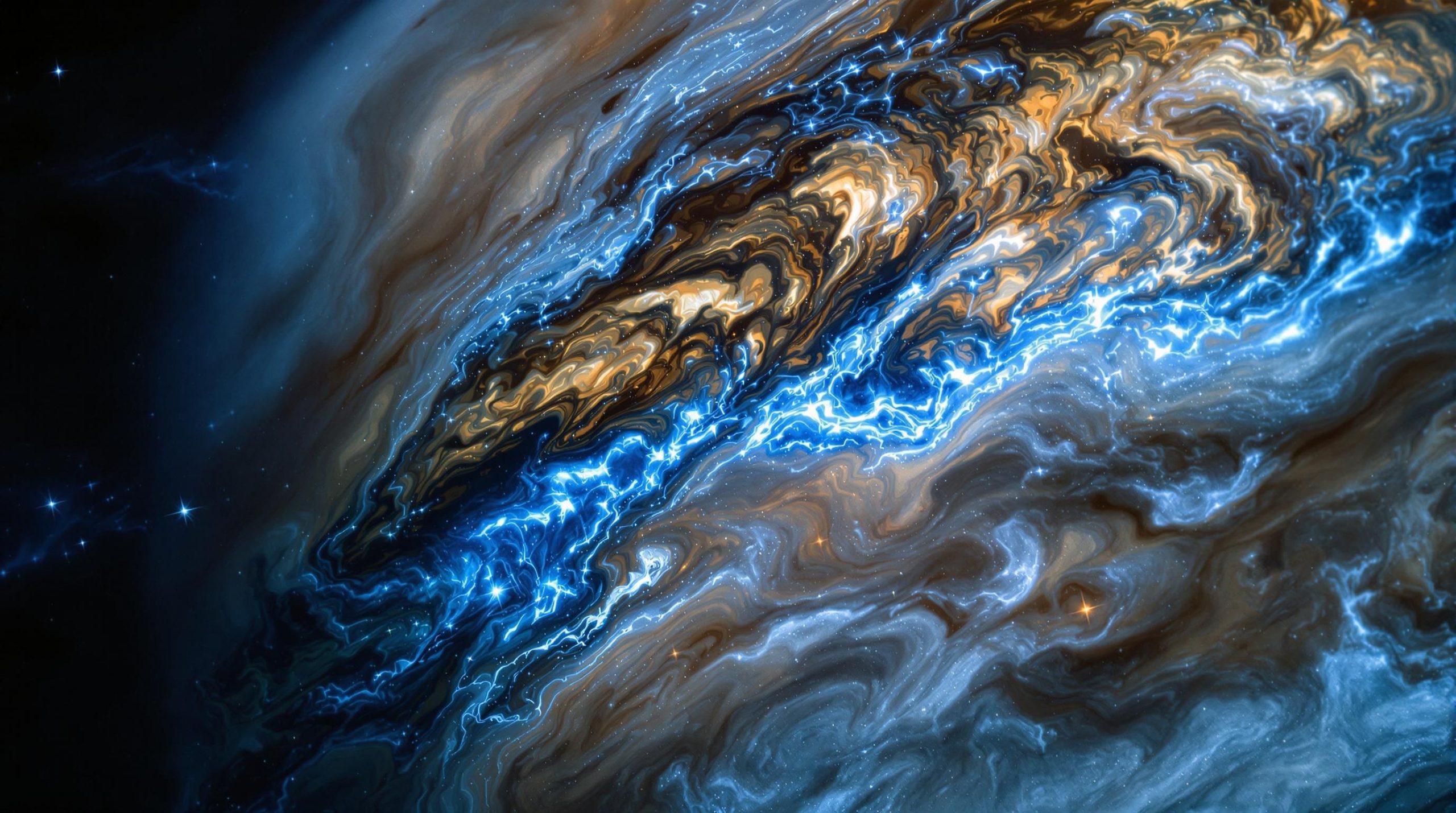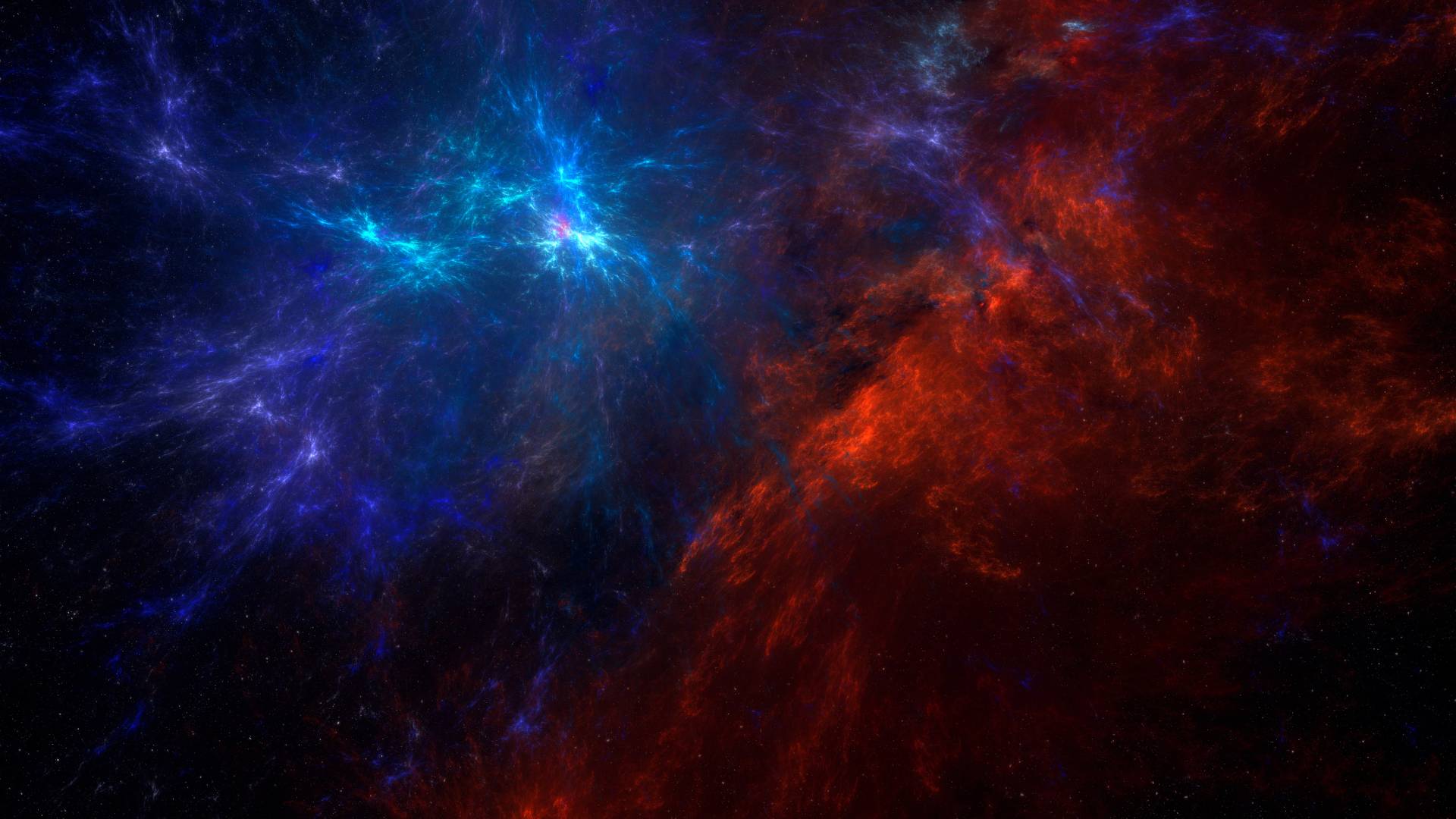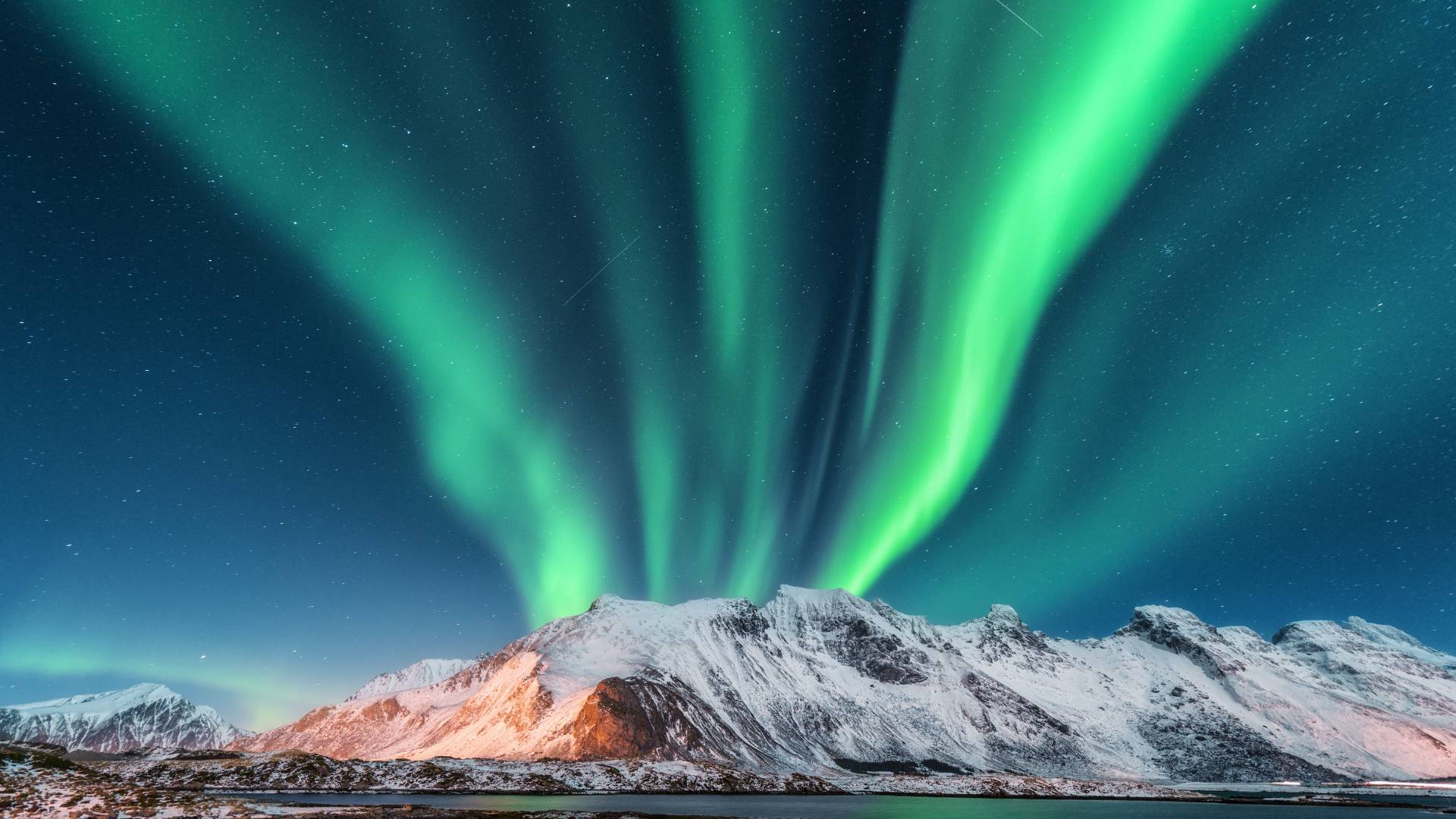The universe is a treasure trove of celestial wonders, and each year brings its own lineup of awe-inspiring space events. From eclipses to meteor showers, these phenomena remind us of the grandeur of the cosmos. Here’s a list of 10 rare space events you won’t want to miss this year, along with tips on how to experience them to the fullest.
The List of 10 Rare Space Events
1. Total Solar Eclipse
A total solar eclipse is a rare and breathtaking phenomenon where the Moon completely covers the Sun, casting a shadow on Earth.
- Viewing Tip: Use solar glasses and head to the path of totality for the best view.
- Fun Fact: Total solar eclipses occur approximately every 18 months somewhere on Earth.
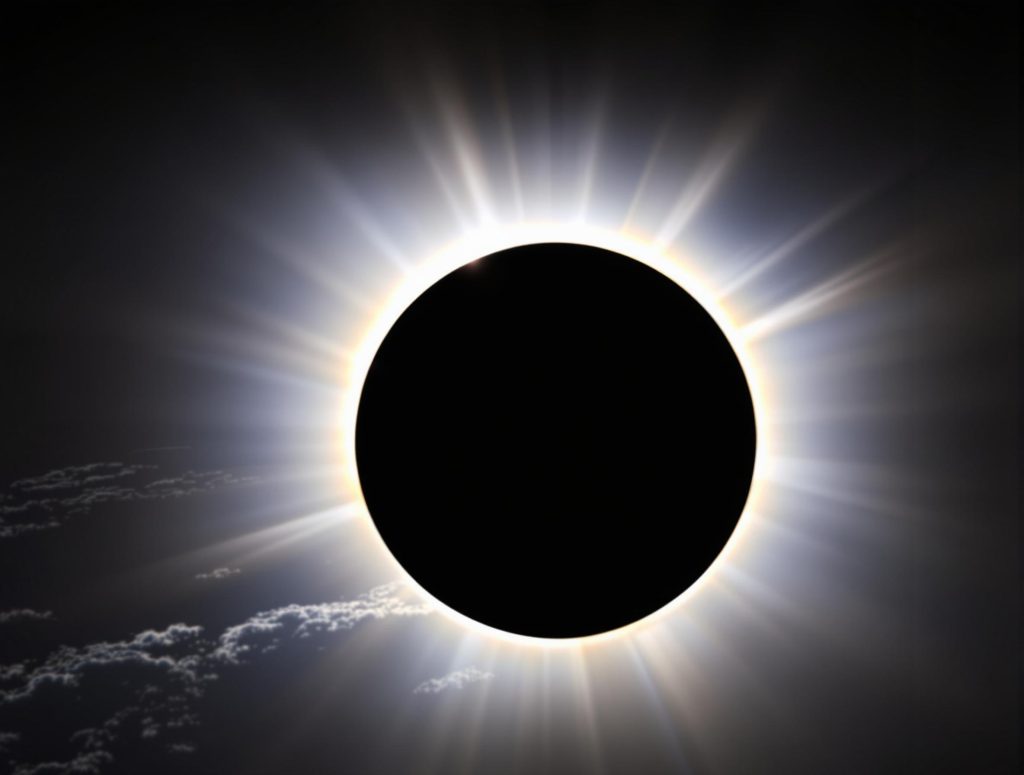
What is a Total Solar Eclipse?
A total solar eclipse occurs when the Moon completely covers the Sun, casting a shadow on Earth and plunging parts of the planet into temporary darkness. During this rare event, the Sun’s corona—its outer atmosphere—becomes visible, appearing as a glowing halo around the Moon.
- Duration: Totality typically lasts a few minutes.
- Frequency: Total solar eclipses happen approximately every 18 months, but visibility depends on your location.
- Viewing Tips: Use solar glasses or a telescope with a solar filter to protect your eyes.
- Path of Totality: To experience full darkness, you must be within the narrow path where the Moon’s shadow falls.
- Significance: It’s one of the most dramatic astronomical events visible to the naked eye.
Plan ahead to witness this celestial wonder—it’s a bucket-list experience!
2. Supermoon
A supermoon happens when the Moon is at its closest point to Earth in its orbit (perigee), making it appear larger and brighter.
- Viewing Tip: Watch just after moonrise for the most dramatic views.
- Why It’s Special: Supermoons can appear up to 14% larger than a regular full moon.
A supermoon occurs when a full moon coincides with the Moon’s closest approach to Earth in its orbit, called perigee. This makes the Moon appear larger and brighter than usual.
- Visual Impact: The supermoon can look up to 14% larger and 30% brighter than a typical full moon.
- Frequency: There are usually 3-4 supermoons each year.
- Viewing Tips: Look just after moonrise or before moonset for the most dramatic size effect.
- Cultural Significance: Many cultures associate supermoons with tides, fertility, and folklore.
- Scientific Interest: Supermoons influence Earth’s tides more significantly due to the closer gravitational pull.
3. Perseid Meteor Shower
The Perseids are among the most spectacular meteor showers, with bright, fast meteors lighting up the sky.
- Peak Date: Mid-August
- Viewing Tip: Find a dark location away from city lights and look up after midnight.
- Did You Know?: The meteors originate from the debris of the comet Swift-Tuttle.
What is the Perseid Meteor Shower?
The Perseid meteor shower is one of the most spectacular and popular meteor showers, known for its bright and fast-moving meteors. It occurs annually when Earth passes through the debris trail of the comet Swift-Tuttle.
- Peak Viewing: Mid-August, typically between August 11-13.
- Meteor Count: You can see up to 100 meteors per hour under ideal conditions.
- Best Time: After midnight, in a dark location away from city lights.
- Origin: The meteors are tiny particles from Swift-Tuttle, burning up as they enter Earth’s atmosphere.
- Appearance: Perseids are often colorful, leaving long trails in the sky.
- Fun Fact: The name “Perseids” comes from the constellation Perseus, where the meteors appear to radiate from.
4. Jupiter’s Opposition
During opposition, Jupiter is closest to Earth, making it appear brighter and larger than at any other time of the year.
- Viewing Tip: Use binoculars or a telescope to spot Jupiter’s bands and its four largest moons.
- Bonus: This is also an excellent time for astrophotography.
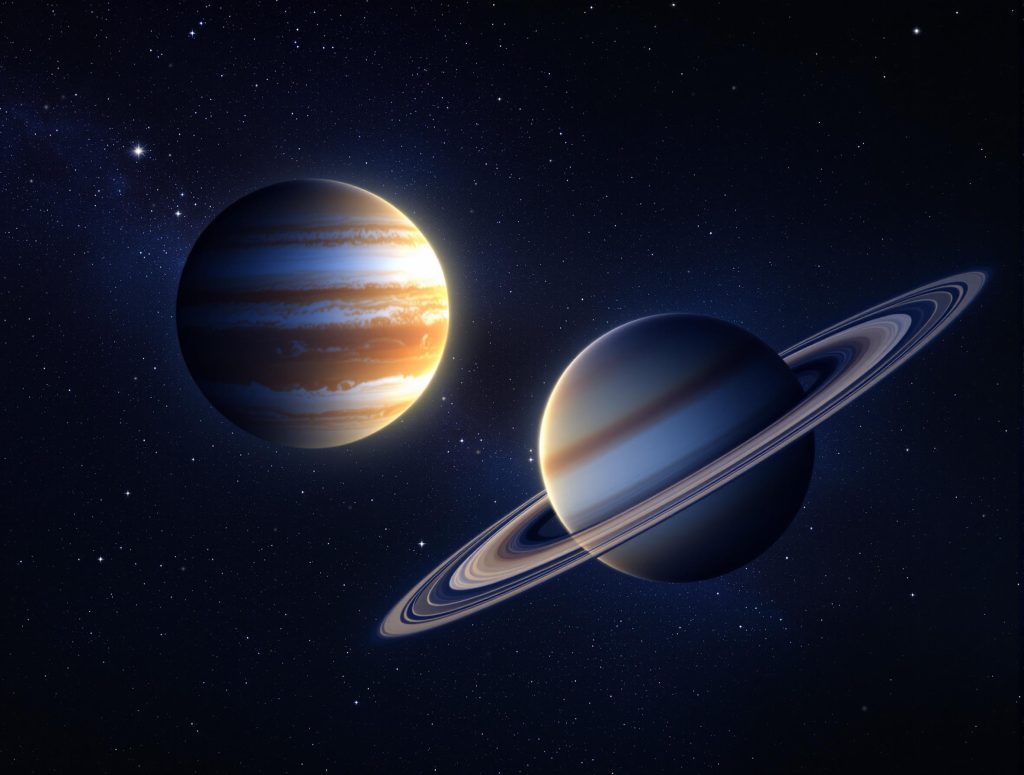
What is Jupiter’s Opposition?
Jupiter’s opposition is a celestial event where Jupiter, Earth, and the Sun align, with Earth positioned directly between the Sun and Jupiter. This makes Jupiter appear brighter and larger in the night sky.
- Viewing: It’s the best time to see Jupiter with the naked eye, binoculars, or a telescope.
- Frequency: Occurs roughly once every 13 months.
- Bonus: You can often spot Jupiter’s four largest moons: Io, Europa, Ganymede, and Callisto.
- Why It’s Special: Jupiter is at its closest point to Earth, enhancing its visibility and detail.
This is a must-see event for astronomy enthusiasts! 🌌
5. Annular Solar Eclipse
In an annular solar eclipse, the Moon covers the Sun’s center, leaving a glowing “ring of fire” visible.
- Viewing Tip: Use special solar filters to safely view this dramatic event.
- Why It’s Unique: The ring of fire is caused by the Moon being farther away from Earth in its orbit.
6. Venus as the Evening Star
Venus will reach its greatest brilliance this year, shining brightly in the evening sky.
- Viewing Tip: Look towards the western horizon shortly after sunset.
- Fun Fact: Venus is often mistaken for a UFO due to its intense brightness.
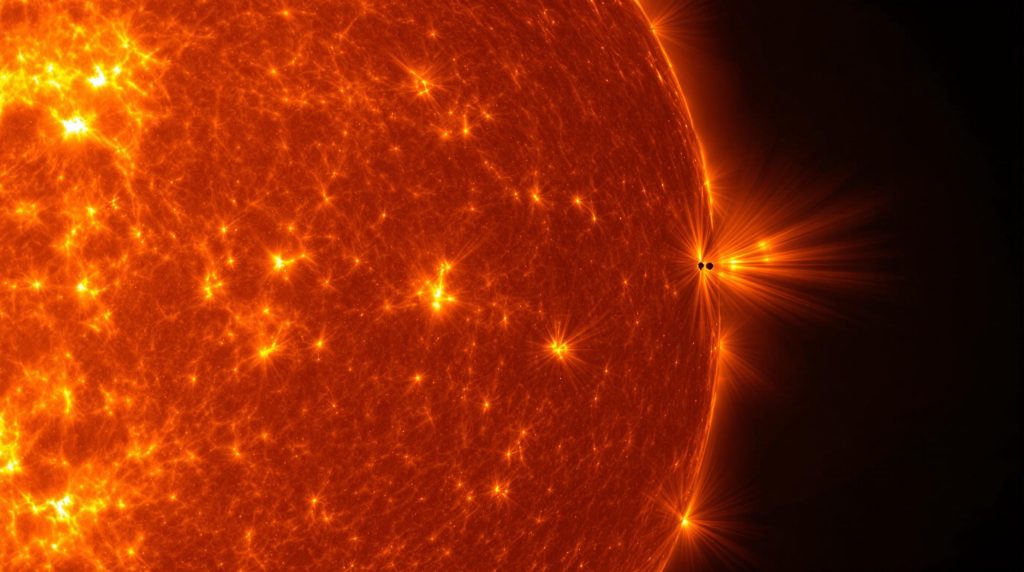
7. Rare Planetary Alignment
A rare alignment of planets, where several will be visible in the same part of the sky, is set to occur this year.
- Viewing Tip: Use a stargazing app to locate Mercury, Venus, Mars, Jupiter, and Saturn.
- Significance: Such alignments happen only once every few decades.
8. Lunar Eclipse
A total lunar eclipse, also known as a “blood moon,” occurs when Earth’s shadow completely covers the Moon, giving it a reddish hue.
- Viewing Tip: No special equipment is needed—just step outside and look up.
- Why It’s Red: Earth’s atmosphere bends sunlight, scattering blue light and leaving red tones to illuminate the Moon.
9. Comet C/2023 Flyby
A newly discovered comet will make its closest approach to Earth this year, offering a rare and spectacular sight.
- Viewing Tip: Use binoculars or a telescope for the best views, especially in dark skies.
- Exciting Detail: The comet’s tail is created by the Sun’s heat vaporizing its icy surface.
10. Geminid Meteor Shower
The Geminids are one of the most consistent and active meteor showers, with bright, colorful meteors.
- Peak Date: Mid-December
- Viewing Tip: Bundle up and find a clear, dark sky for the best viewing experience.
- Cool Fact: Unlike most meteor showers, the Geminids come from an asteroid (3200 Phaethon) rather than a comet.
How to Prepare for These Space Events
- Plan Ahead: Research the exact dates and times of these events for your location.
- Gear Up: Equip yourself with binoculars, a telescope, or a DSLR camera for capturing celestial details.
- Find Dark Skies: Escape light pollution by traveling to rural areas or dark-sky parks.
- Use Apps: Download stargazing apps like SkySafari or Star Walk to locate celestial objects and track events.
- Stay Updated: Follow space-focused websites like SpaceyV for the latest news and tips.
Resources
Get ready for an incredible year of cosmic wonders! Whether you’re a seasoned astronomer or a curious beginner, these rare space events promise to ignite your sense of wonder. thanks for reading 10 rare space events article.
For more stargazing tips and cosmic insights, visit SpaceyV.

